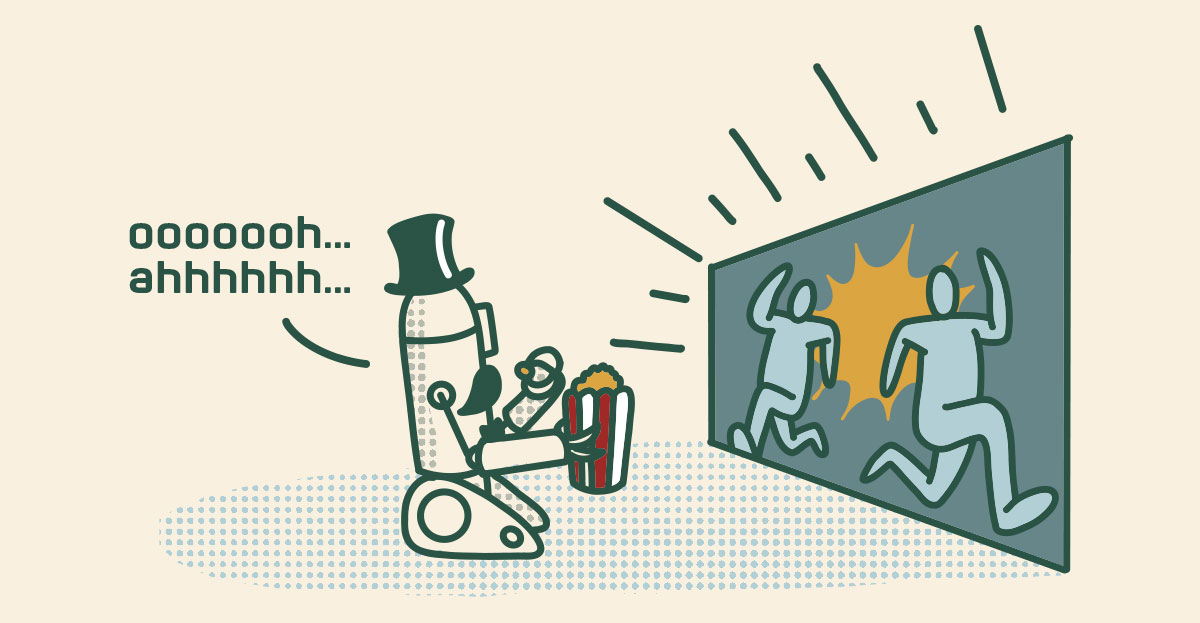
Michael Bay's filmography on Rotten Tomatoes is a long list of movies categorized as rotten by both critics and audiences. If you've watched one of his movies, you'll quickly realize that he substitutes spectacular visual effects for plot or character development. The thirty-second trailer looks amazing, but the movie length barrage of explosions and one-liners is boring. All the flash can't compensate for the weak story. This is the problem with video backgrounds and similar animated effects on websites.
We love flash. When you open a website and see a slick video background or a cool animation, you can't help but think, "Neato." There's nothing inherently wrong with fancy effects. However, because they capture attention so effectively, they often negatively impact the goals you're trying to achieve with your content. Rather than focusing on the message or content, visitors focus on the bling.
The problem with flashy effects for their own sake is that with any website page, there is an idea that must be conveyed. The words chosen to communicate it come next with the writing of the page. How it is depicted comes last.
How is where you (judiciously) add flash. If you have an important headline that you really want to emphasize, consider using animation to highlight it. If the goal of the page is to tell a story about your brand, video could be the best medium to do that.
Just don't place the emphasis on what matters least, the effects, rather than on what matters most, the ideas. Otherwise you'll have a sharp looking website that entertains for a few seconds before visitors lose interest and wander off to something really entertaining, like a Michael Bay trailer on YouTube.

